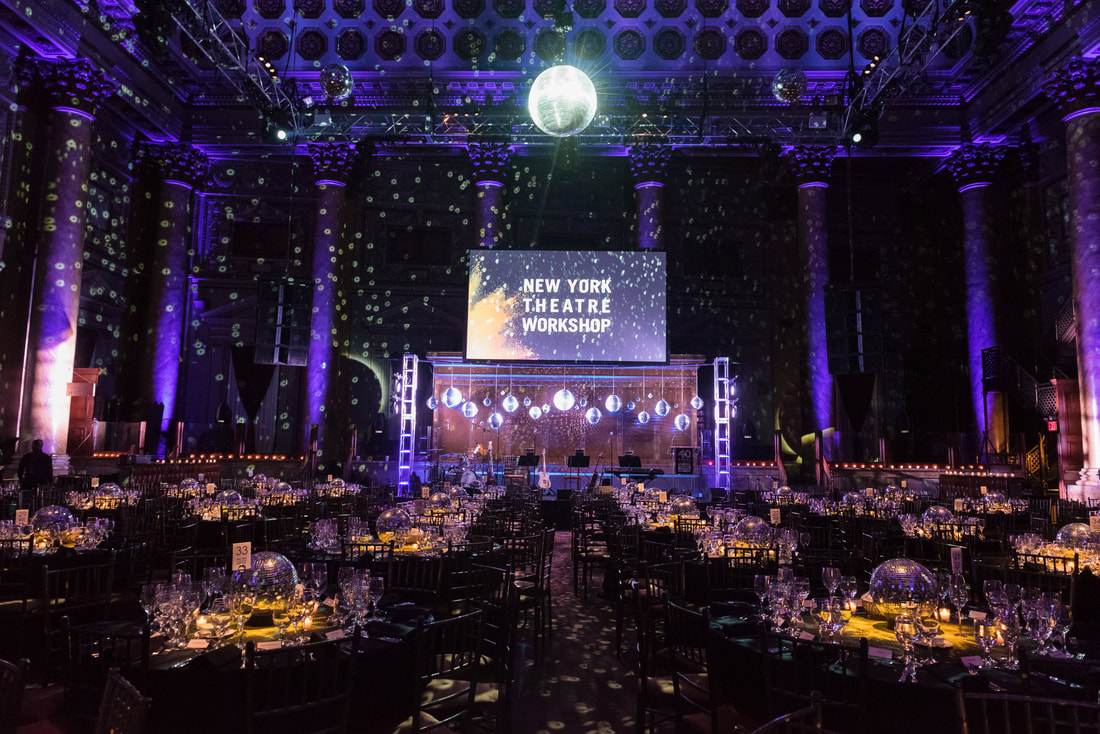Mastering the Art of Recording Superior Audio at Real-Time Events
Wiki Article
Capturing premium audio during live performances is crucial for guaranteeing that audience is able to fully appreciate the event. Whether an concert, a seminar, or stage performance, clear sound may significantly improve the effect of the event. In order to achieve this goal, it is important for one to comprehend the different elements involved in sound recording as well as how to effectively effectively handle them. This piece will explore essential methods and tools which can assist in perfecting the art in capturing high-quality audio.
One of initial primary steps in recording excellent sound in selecting the right equipment. Microphones play a vital part during the process. There are numerous kinds for mics, such as dynamic, condenser, and lavalier microphones, each suited for specific situations. Dynamic-type mics tend to be commonly utilized for loud environments, such as concerts, because can handle high audio levels intensity. Conversely, condenser-type mics tend to be generally responsive while tend to be ideal for quieter settings, like talks and interviews. Understanding the strengths and weaknesses of each type will assist with choosing an best microphone for the event.
Along with addition to the choosing a suitable mic, placing the mic appropriately remains crucial to recording clear audio. The placement of the microphone can greatly influence the sound quality. For instance, positioning the mic excessively distant from the sound source can lead to faint sound, whereas positioning it too close can lead to clipping. It is crucial to find a balance which records full entire spectrum in sound without sacrificing quality. Testing with different placements prior to an occasion may help in determining a most effective position for optimal audio clarity.
Another important element for take into account is the environment in the event takes place. Background noise can interfere the the quality, making the audio difficult to audience members to hear the main sound source. To reduce unwanted noise, it is helpful to perform an sound check prior to the event starts. Such a check allows the audio technician in order to identify any potential problems and perform changes if needed. Additionally, using acoustic materials and placing up in an quieter area can also help in minimizing ambient noise and enhancing the audio quality.

Finally, post-production plays an significant role for enhancing sound clarity. After the event, sound editing tools can be utilized for clean the the, remove unwanted unwanted sounds, as well as modify levels to achieve consistency. This is is for ensuring the the end result meets elevated standards. By investing the effort to edit as well as refine the audio, the final result shall become an refined recording which faithfully captures the real-time performance. Mastering such methods will not only enhance Visit Website the clarity in audio captured at live events and additionally improve the entire experience for the audience.